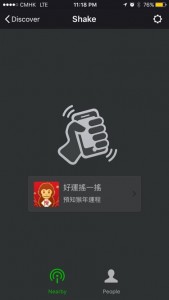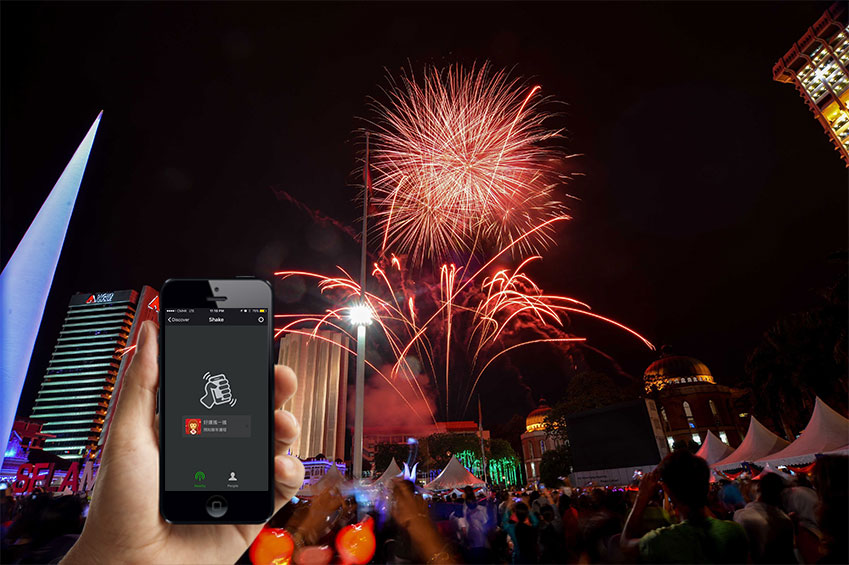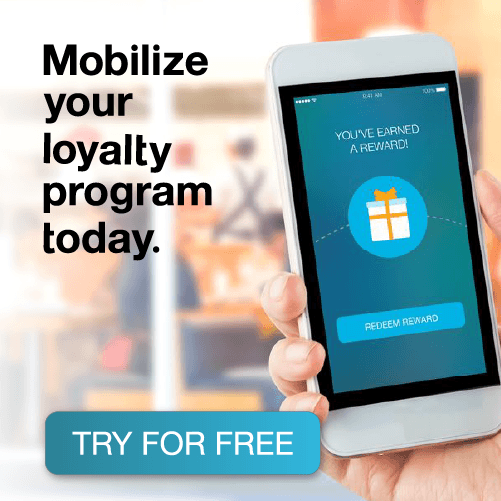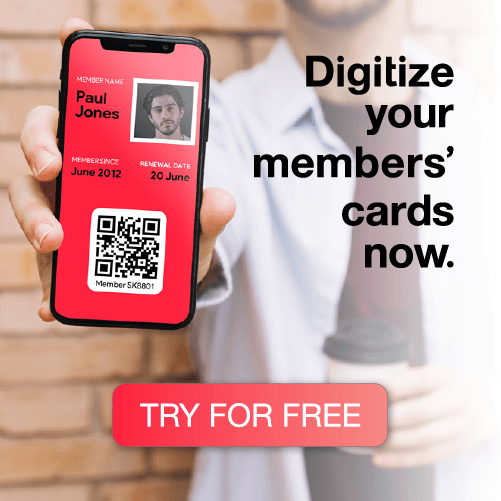On the Saturday before Chinese New Year 2016, the 6th of February, some other PassKiteers and I were hanging out  after work in probably the most popular Chinese New Year Flower Market in Hong Kong, the Victoria Park flower market in Causeway Bay. It usually starts about a couple of weeks before the New Year and runs up until New Year’s Day.
after work in probably the most popular Chinese New Year Flower Market in Hong Kong, the Victoria Park flower market in Causeway Bay. It usually starts about a couple of weeks before the New Year and runs up until New Year’s Day.
On this day, after browsing around the merchants trying to sell us something, we began sampling some sugar cane juice, local desserts and Chinese lucky fruits. We eventually ended up walking through one of the long tunnels that lead out of the subway stations in Hong Kong, and came across the sign you can see on the top-left of this article. As you probably noticed, the sign was in Chinese, but invited us to “shake shake” our phones and mentioned WeChat. So we launched WeChat and gave it a go.
 What happened next was a proximity browsing experience. A green “nearby” icon appeared on the bottom left of WeChat, and after shaking our phones we got the tiny Monkey thumbnail you can see here on the right side, (in Chinese calendar, 2016 is the year of the monkey) with a notification inviting us to tap on it. By tapping on the monkey, we got redirected to the New Year good-luck-wishing interactive screen showcased on the bottom-left, which gave us some sort of ratings, on a scale 1 to 5 stars, on our luck forecasts for the year of the monkey.
What happened next was a proximity browsing experience. A green “nearby” icon appeared on the bottom left of WeChat, and after shaking our phones we got the tiny Monkey thumbnail you can see here on the right side, (in Chinese calendar, 2016 is the year of the monkey) with a notification inviting us to tap on it. By tapping on the monkey, we got redirected to the New Year good-luck-wishing interactive screen showcased on the bottom-left, which gave us some sort of ratings, on a scale 1 to 5 stars, on our luck forecasts for the year of the monkey.
 After getting our luck-rating, we could have kept interacting with the screen by tapping the red button at the bottom to refresh the page. Each time you refreshed you got a different rating. This browsing experience was featured by JCDecaux transport and was available in Causeway Bay subway station. It was a real life example of beacon interaction with WeChat. Similar beacon deployments have been implemented in other MTR stations, restaurants and shops in Hong Kong, as well as many other countries worldwide. The trend we are seeing as a tech company, as well as daily smartphone users, is that these mobile interactions and beacon solutions are constantly being implemented on an increasingly larger scale.
After getting our luck-rating, we could have kept interacting with the screen by tapping the red button at the bottom to refresh the page. Each time you refreshed you got a different rating. This browsing experience was featured by JCDecaux transport and was available in Causeway Bay subway station. It was a real life example of beacon interaction with WeChat. Similar beacon deployments have been implemented in other MTR stations, restaurants and shops in Hong Kong, as well as many other countries worldwide. The trend we are seeing as a tech company, as well as daily smartphone users, is that these mobile interactions and beacon solutions are constantly being implemented on an increasingly larger scale.
I personally found this experience to be quite enjoyable and will definitely be keeping an eye out for other beacon experiences. Have any proximity browsing experiences you’ve ran into? Share with us in the comments below!



